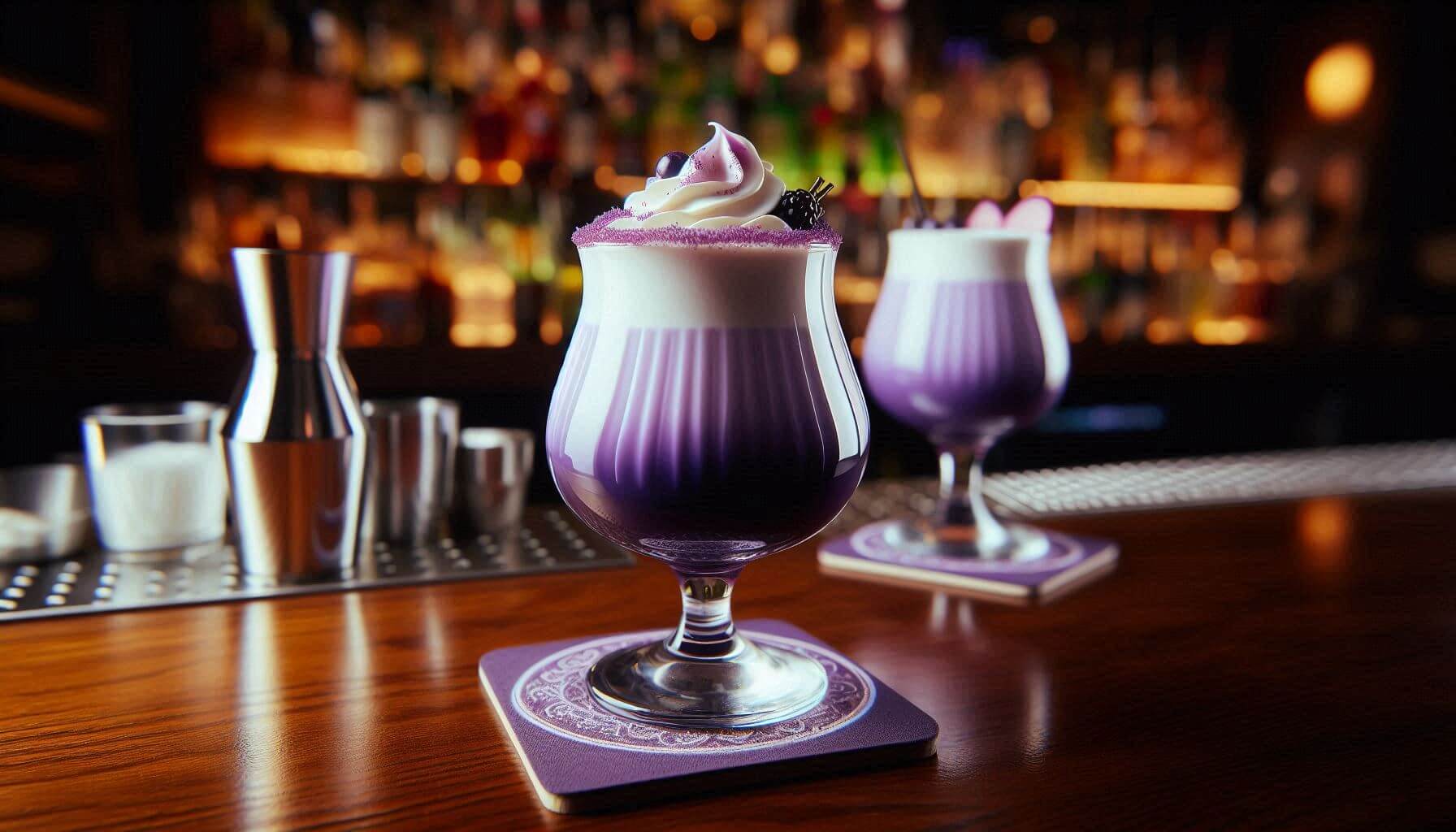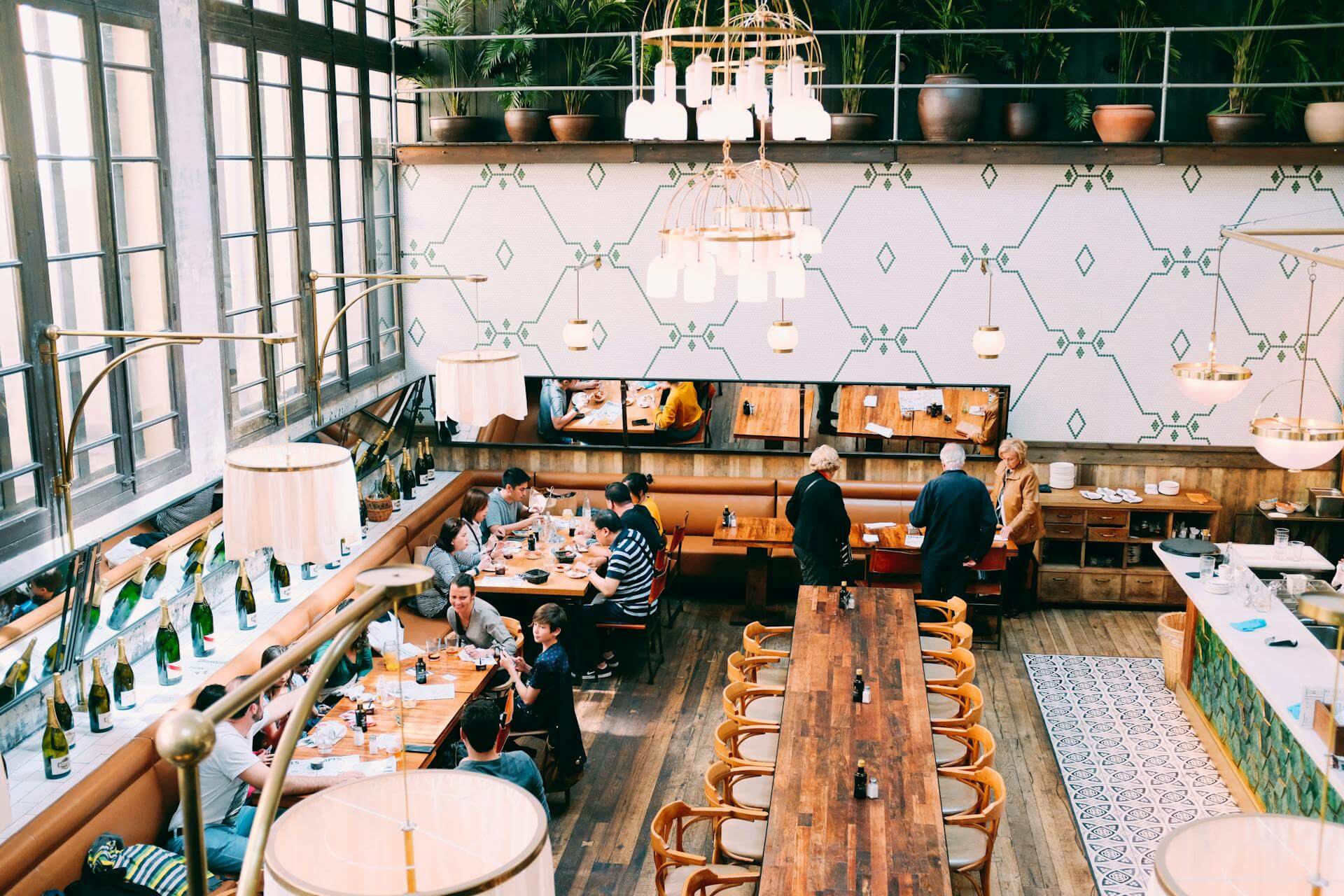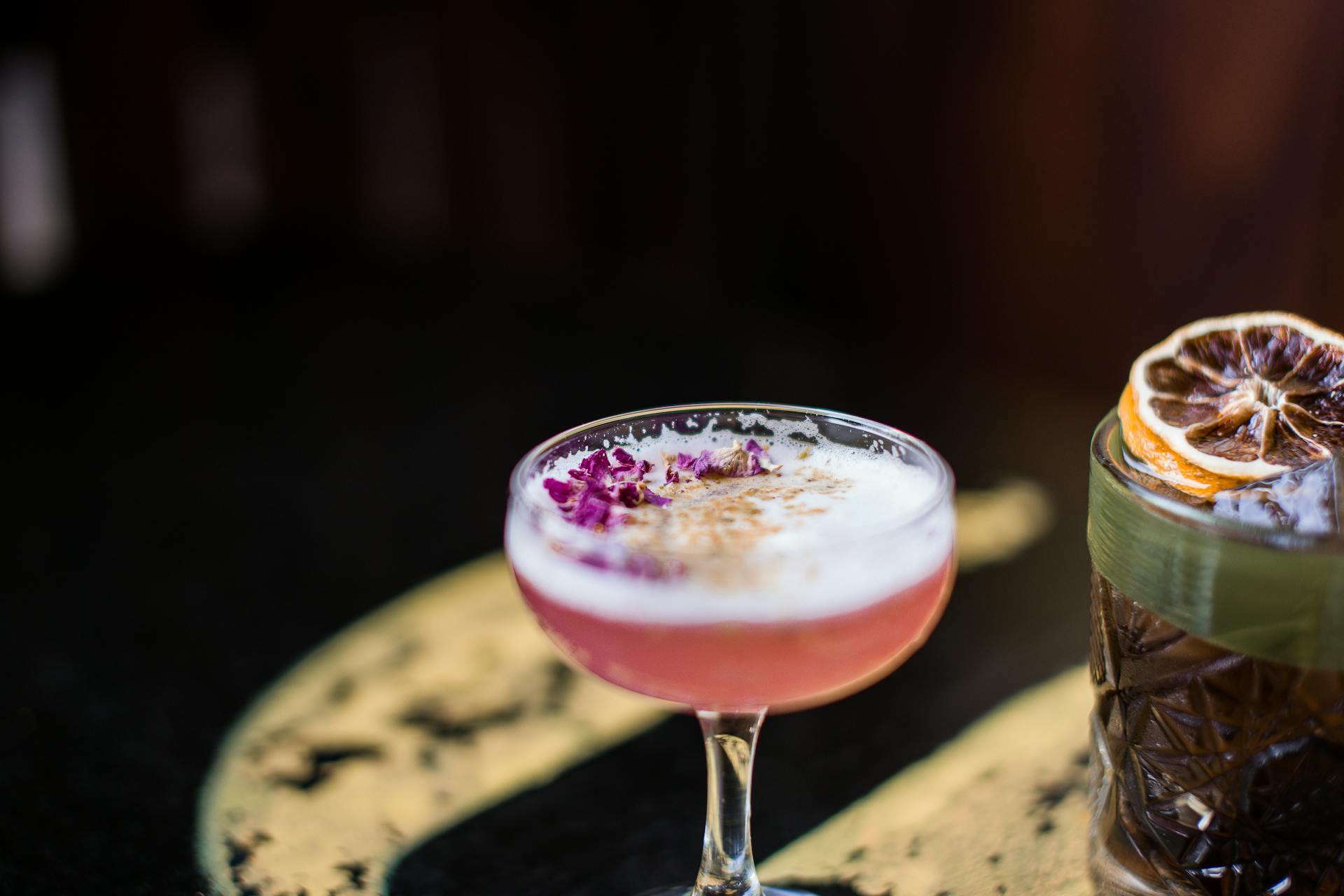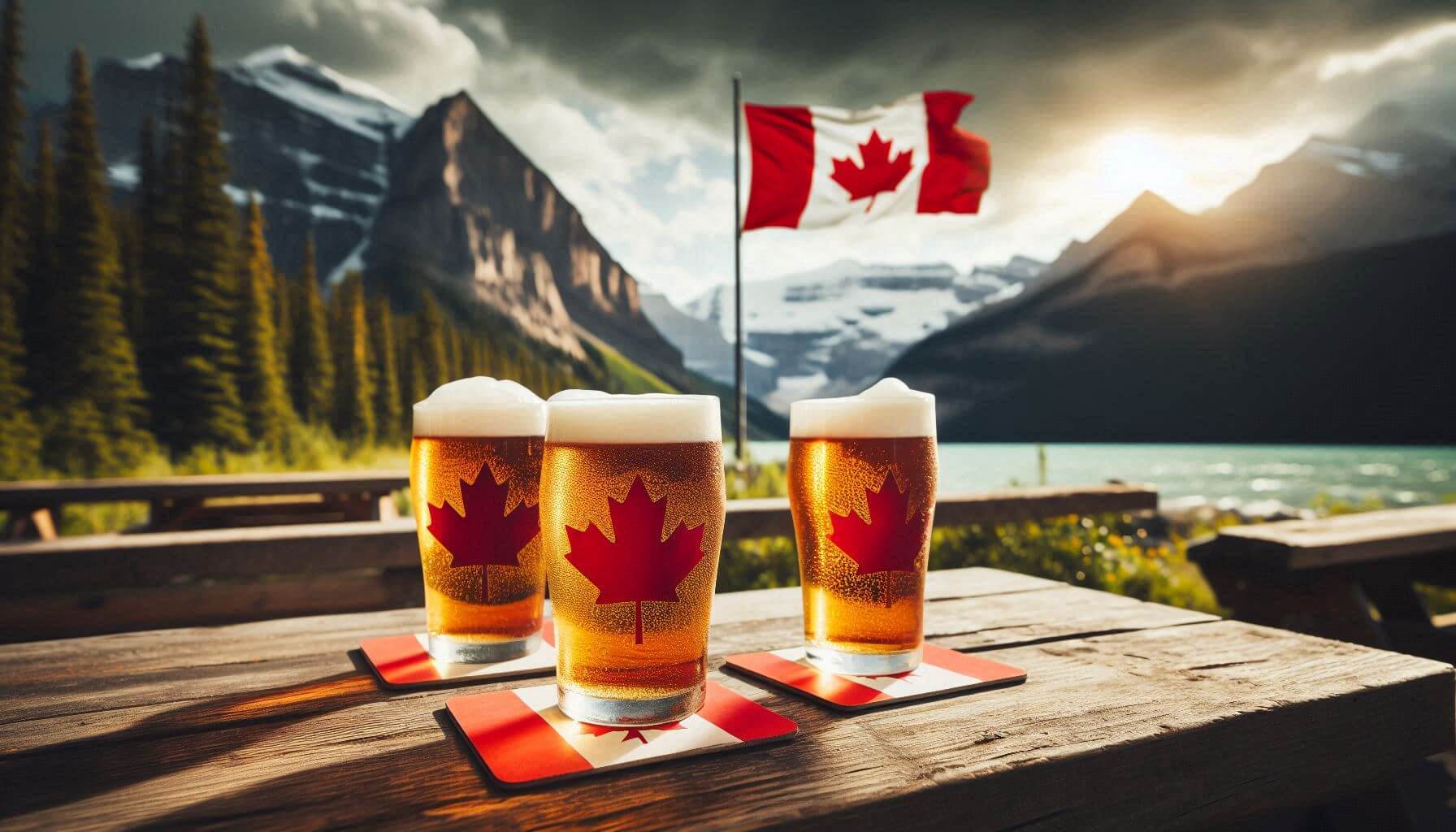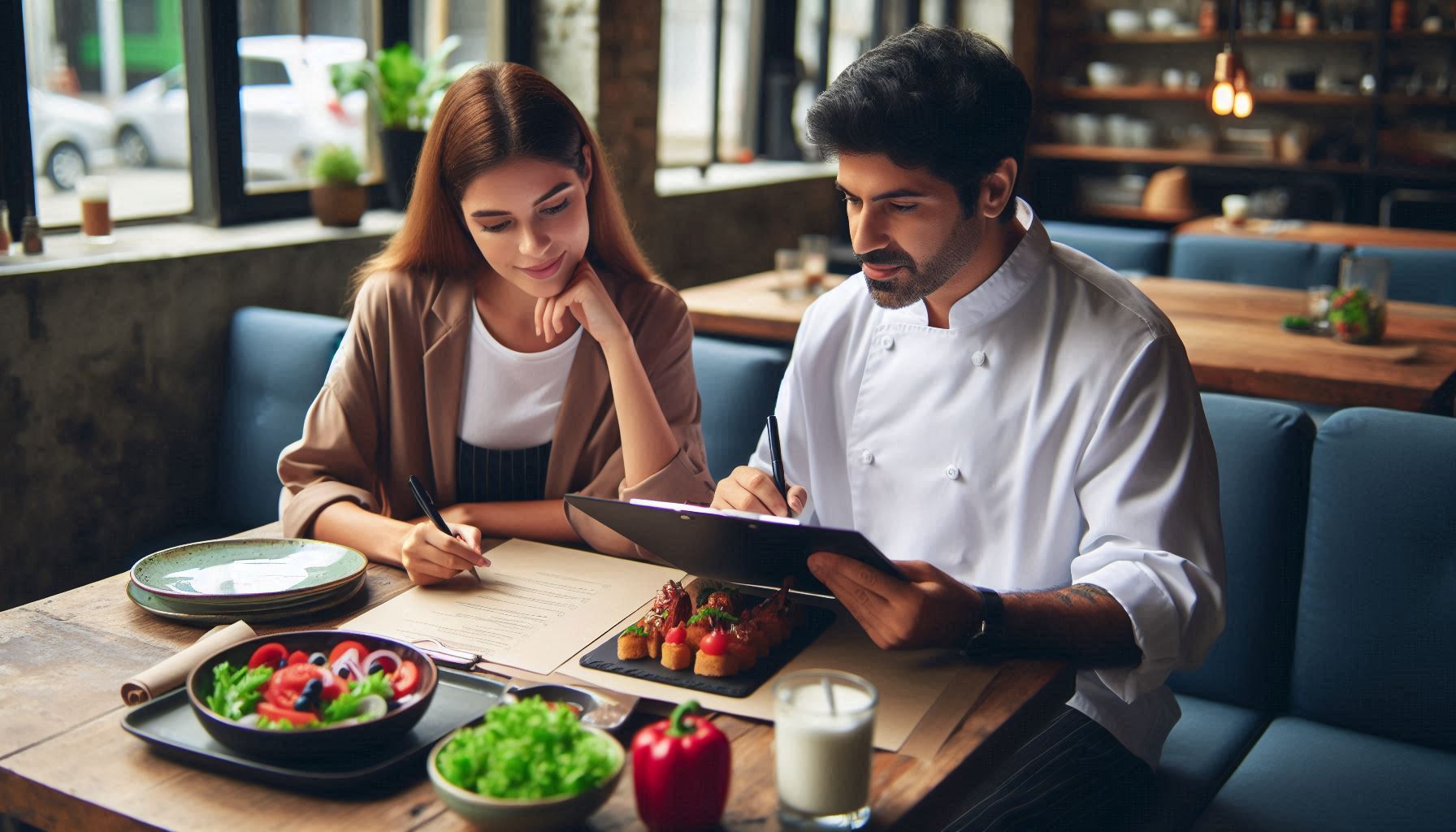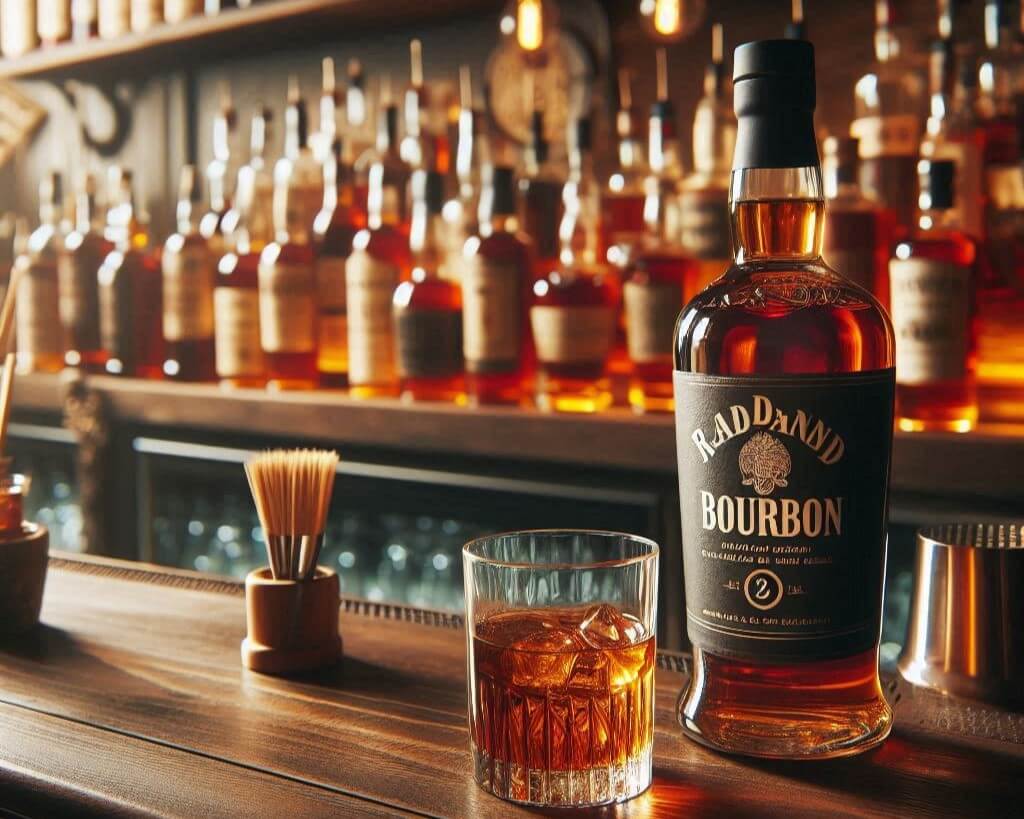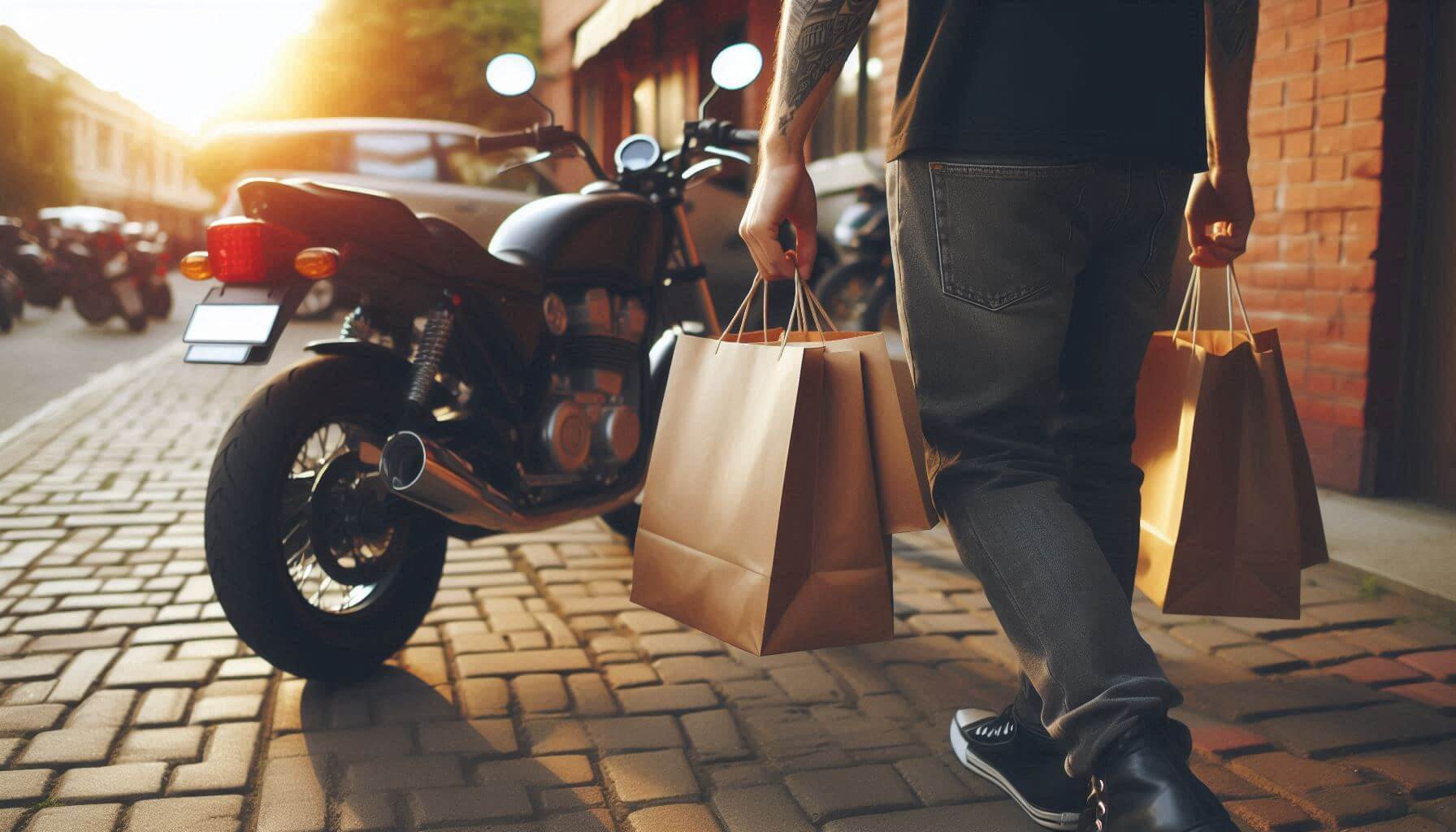Black Limes, Chili Crunch, and More
by David Klemt
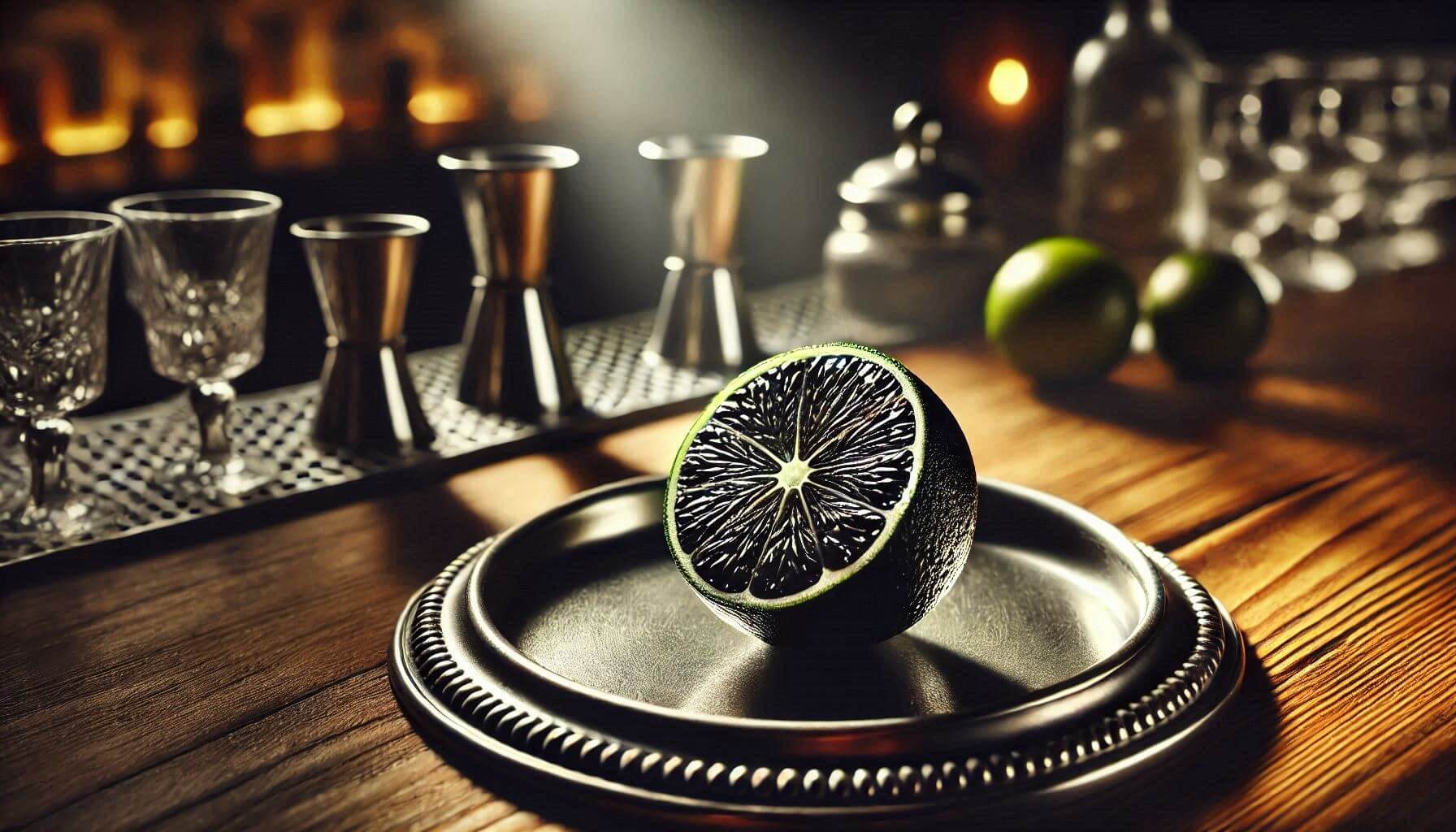
I like to think the two standard limes in the background are envious of the fancy, blanched lime on the silver platter.
Kimpton Hotels & Restaurants, with their boutique concepts and global presence, are well positioned to study developing F&B trends.
Just about two months ago, Kimpton made their 2025 Culinary + Cocktail Trend Forecast available for free download. They’ve been releasing this forecast annually since 2015.
While I encourage you to download the report for yourself, I want to share the trends that stand out the most to me. For your own copy of the 2025 Culinary + Cocktail Trend Forecast, click here.
To learn which 2025 beverage trend predictions from Datassential have my attention, follow this link.
Here’s to a successful 2025. Cheers!
Black Limes
The What
A black lime is a standard lime that has been blanched in salt water. The peel and flesh hardens, and turns dark brown or black.
The Why
Blanching and cooling limes intensifies the aroma and flavors, boosting sourness, saltiness, and citrus notes.
The How
First, prepare a bowl of ice water. Next, add whole limes to a pot, and add water and a teaspoon of salt (experiment with amounts). Bring water to a boil for one to two minutes, then remove them with a slotted spoon and put them in the ice bath immediately. Let them cool completely, and store in a sealed container.
To use them, add whole black limes to soup stock. Or, use their powder for rubs, as seasoning, or as garnishes. Be cautious at first, as a little can go a long way.
As you may imagine, this food-focused trend can also work well for a bar’s beverage program.
Salted Egg Yolks
The What
A cured egg yolk that has been delivering umami flavor to Chinese cuisine for centuries.
The Why
Culinary teams can add salted egg yolks to all manner of dishes to imbue them with umami and salt flavors. Obviously, these work perfectly in Chinese dishes. However, with their buttery and often crumbly texture, they’re also great for enhancing pastas, salads, and other foods.
The How
It’s important to keep in mind that there’s a risk of bacteria associated with curing foods, like salmonella. So, proceed with caution, and adhere to strict food safety and handling rules.
Use the best-quality eggs you can, and use fine salt rather than coarse to avoid piercing yolks.
There are also two ways to prepare salted egg yolks. One method uses a jar and whole eggs, and one uses an air-tight container with a bed of salt and just the egg yolks. Ask your culinary team which method they prefer, and bear in mind that the process takes days. Also, it’s a good idea to bake the egg yolks in an oven at 160 degrees Fahrenheit (71 degrees Celsius) to ensure food safety.
Vegan Clarified Milk
The What
For a while there, it seemed as though it was a requirement for all cocktail bars to have Clarified Milk Punch on the menu. This led, of course, to more cocktails receiving the clarity treatment.
This trend is exactly what it sounds like on paper: A drink made with clarified vegan milk.
The Why
Some guests don’t consume dairy, so clarifying vegan milk will allow them to partake in this drink trend.
The How
Using coconut milk as an example, add lime juice and other liquid ingredients to an air-tight container. Stir the mixture, then leave in a refrigerator over night. Check the container, looking for separation; when you see it, strain the mixture through a coffee filter or cheesecloth into a bottle. Do this until you’re happy with the result. Serve as you would with any batched cocktail.
There are other methods for separating the solids from a milk, such as heating the milk to a specific temperature to speed up the process, then adding it and lime juice to the other liquid ingredients.
Spiced Fruit Leather Garnishes
The What
Again, this is exactly what it seems to be: fruit leather mixed with a spicy ingredient, like chili or habanero powder.
The Why
Garnishing drinks with spiced fruit leather adds a new dimension to the drinking experience, and allows your bar team to enhance the flavor experience. Plus, spiced fruit leathers are fun to nibble on in between sips.
The How
To have your culinary or bar team craft spiced fruit leather in-house, puree a fruit or fruits with high water content in a device such as a Vitamix. If you don’t have a dehydrator and specific fruit leather trays or dehydrator trays, you can line a baking sheet with parchment paper or silicone mats.
The person preparing the fruit leather can use a fine mesh strainer before they spread the puree onto a tray. Sprinkle the puree with the appropriate spice mixture, then pop the tray or baking sheet into an oven set to 140-150 degrees Fahrenheit (60-66 degrees Celsius) for four to twelve hours. Peel off the fruit leathers, cut into strips, and use as garnish.
Chili Crunch the World
The What
Kimpton expressly mentions chili crunch in their 2025 forecast, not chili crisp. In simple terms, crunch has a crunchier texture than crisp, as its made with larger pieces of ingredients.
In terms of both products, at their core they’re mixtures of peppers, onion, garlic, seasonings, and oil.
However, Kimpton foresees culinary teams crafting their own chili crunches (and likely chili crisps) that are specific to particular cuisines. Imagine, for example, a barbecue-centric chili crunch, or one featuring Italian seasonings.
The Why
Texture, heat (unless specifically made to not be hot), seasoning, an explosion of flavors… Chili crunch is an enhancer of both flavor and the guest experience.
The How
To make this condiment, start with dried chilies, and remove their seeds. Pulse or otherwise chop them. Remember, you want pieces that will create a crunch, so don’t pulverize the chilies. Set the chilies aside in a heat-safe container. Now, add your spices and seasonings to the chilies. Some people like to add peanuts to create more crunch.
In a pan, fry onions or shallots, straining them when they start to get pale, and reserving the oil. Put the oil back in the pan, and fry the garlic, being careful to avoid cooking for too long so they don’t become bitter. Strain the oil, separating it from the fried garlic. Heat the now-infused pour over the chilies, spices, and seasonings, and let the mixture cool. Once cool, add the onions or shallots and garlic to the mixture.
Your culinary team will likely have their own approach to producing chili crunch.
There are many more predictions in Kimpton’s 2025 Culinary + Cocktail Trend Forecast, so make sure to download your copy and check them out today.
Image: Microsoft Designer

Book Below to Setup a 30-Minute Complimentary Discovery Call and Request for Proposal.

